constituent assembly of india debates (proceedings)- volume vii
constituent assembly of india debates (proceedings)- volume vii
constituent assembly of india debates (proceedings)- volume vii
You also want an ePaper? Increase the reach of your titles
YUMPU automatically turns print PDFs into web optimized ePapers that Google loves.
members have to be non-tribals. The precentage <strong>of</strong> literacy in the Agency Tracts is about one per cent. A<br />
backward Classes Welfare Department has recently been setup. The Thakkar Committee made a number<br />
<strong>of</strong> important recommendations which could not be given effect to during the war and are now being<br />
taken up.<br />
Apart from the Khondmals which are now attached to the Ganjam Agency, the Angul Sub-division<br />
which is a partially excluded area has only 13,308 tribals who form 8 per cent <strong>of</strong> its population. The<br />
Thakkar Committee recommended the administration <strong>of</strong> this area as a regular district and pointed out<br />
that the Angul Laws Regulation is no longer suited to the advanced condition <strong>of</strong> the people. Even in1935,<br />
it was stated by the Orissa Government that the area was so advanced that it should be possible within a<br />
few years to place it on a level with the normal districts ( par a. 49, Recommendations <strong>of</strong> Provincial<br />
Government and the Government <strong>of</strong> India, Indian Reprint).<br />
The District <strong>of</strong> Sambalpur was made a partially excluded area largely on account <strong>of</strong> the special<br />
system <strong>of</strong> that district, viz., the distinct system <strong>of</strong> revenue and village administration. The district was<br />
formerly part <strong>of</strong> the C. P. and the C. P. Revenue Laws and type <strong>of</strong> village administration were in force.<br />
The aboriginal population <strong>of</strong> the district is 252,095 and constitutes 19.6 per cent. but most <strong>of</strong> these<br />
tribals seem to have assimilated the customs and culture <strong>of</strong> the surrounding Hindu population. The<br />
administration <strong>of</strong> the district though differing from the rest <strong>of</strong> Orissa was not radically different from the<br />
administration <strong>of</strong> the C. P. plains districts until 1921.Three <strong>of</strong> the Zamindar is <strong>of</strong> Sambalpur had been<br />
declared scheduled districts under the Act <strong>of</strong> 1874, but with the exception <strong>of</strong> the Insolvency Act <strong>of</strong> 1920<br />
all other legislation was applied to the district. The Thakkar Committee recommended (para. 397) that<br />
the district should cease to be a partially excluded area and should be treated as a normally<br />
administered area. The Committee however considered (Para. 402) that some sort <strong>of</strong> protection was still<br />
needed for the aboriginals <strong>of</strong> that district and recommended certain special measures for the protection<br />
<strong>of</strong> the land <strong>of</strong> the aboriginals (Para. 403). The tribes in this district consist mainly <strong>of</strong> Gond (102,765),<br />
Kondh, Kharia and Savara. They are concentrated largely in the Sadar Sub-division <strong>of</strong> the district.<br />
Literacy among them is not up to the level <strong>of</strong> the Scheduled Castes <strong>of</strong> the District and amounts to only<br />
about 2 per cent. They however take part in elections and in the Sambalpur Sadar constituency there is<br />
are served seat for the backward tribes. This is the only one <strong>of</strong> the five tribal seats in the province which<br />
is filled by election.<br />
The question <strong>of</strong> representation for the Orissa tribes presents somewhat <strong>of</strong> a problem. Local <strong>of</strong>ficials<br />
had serious doubts as to the possibility <strong>of</strong> finding suit-able representatives from among them, at any rate<br />
in proportion to their population. The Provincial Government have similar hesitations. In their factual<br />
memorandum (page. 28*) they have recommended that local bodies should be partly elected and partly<br />
nominated. For the Provincial Legislature, "a specific number <strong>of</strong> seats should be reserved for aboriginal<br />
members in general constituencies; but the aboriginal members should be elected to these seats by a<br />
system <strong>of</strong> indirect or group election."<br />
-------------------------------------------------<br />
* Reference to page is to page in the original report<br />
-------------------------------------------------<br />
(e) Bengal. - The partially excluded areas <strong>of</strong> Bengal consist <strong>of</strong> the District <strong>of</strong> Darjeeling and certain<br />
police station areas in the Mymensingh district which border on the Garo Hills <strong>of</strong> Assam.<br />
The Darjeeling District is shown to contain 141, 301 tribes out <strong>of</strong> a total population <strong>of</strong> 376,369 in<br />
1941. The tribal population <strong>of</strong> the district seems to consist largely <strong>of</strong> labour employed in the tea gardens<br />
and some Lepcha and Bhotia. Actually, the latter are only about 20,000 in number. The prominent


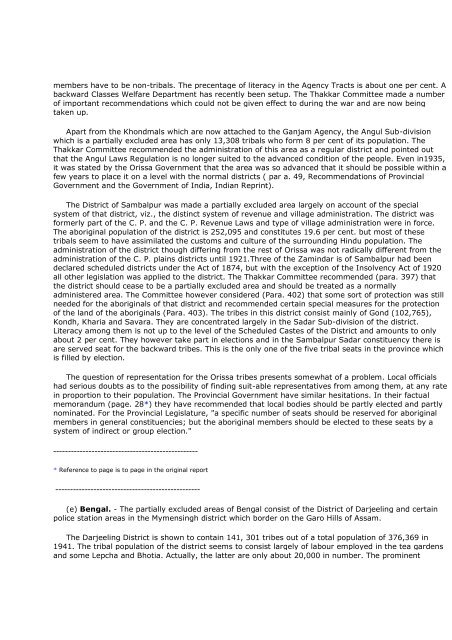
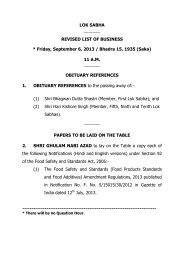
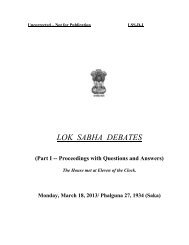

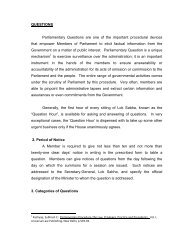
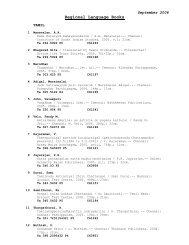

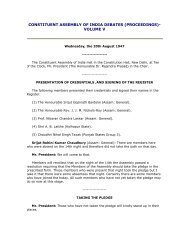
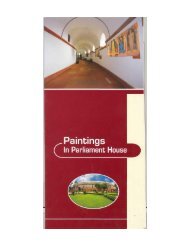
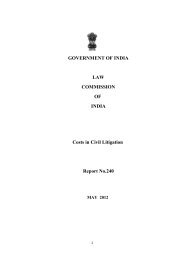
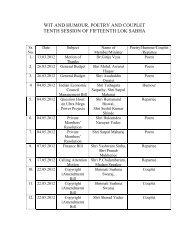
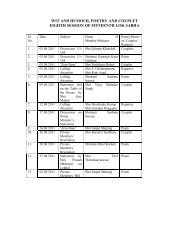

![gÉÉŌ A.]ÉŌ. xÉÉxÉÉ](https://img.yumpu.com/8015720/1/190x245/geeo-aeo-xeexee.jpg?quality=85)
